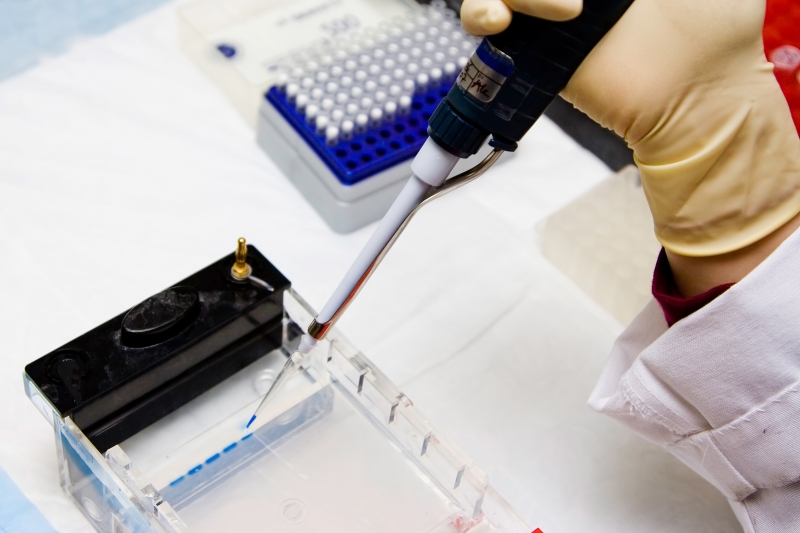What is RNAi Type Screening? RNAi, which stands for RNA interference, is a cellular-level process used in experiments for working out the function of certain genes. It was first discovered in small, transparent nematodes when the phenotypes of their genes were shown to lose function with the introduction of RNAi. There have been further studies using this technique on small flies, human cells and other organisms previously immune to classic screening techniques. The process behind RNA interference takes place inside cells, when RNA molecules are degraded by corresponding RNAi sequences that have the effect of silencing specific genes.This technique of silencing genes was first used for targeting specific genes. Now, researchers have developed a library of RNAi sequences that can be used in genome-wide screening methods for a number of organisms.Today, RNAi screening is seen as an attractive area of development for the future of genetic screening, but there is a need for new expertise in this area if it is to move forward in a practical sense.
The process behind RNA interference takes place inside cells, when RNA molecules are degraded by corresponding RNAi sequences that have the effect of silencing specific genes.This technique of silencing genes was first used for targeting specific genes. Now, researchers have developed a library of RNAi sequences that can be used in genome-wide screening methods for a number of organisms.Today, RNAi screening is seen as an attractive area of development for the future of genetic screening, but there is a need for new expertise in this area if it is to move forward in a practical sense.
How does it compare to Classic Genetic Screening Techniques?
There are similarities in the methodologies used for RNAi and other classic genetic techniques, including large-scale screening and targeted hits. A difference, though, might be which phenotypes are scored.The drawbacks and promises would be similar in both cases due to the fact that RNAi screening uses forward genetics with techniques that are reversed.
• Advantages
- The RNAi technique opens up new possibilities for genetic screening in previously immune specimens such as human cells.
- The sequences to the genes that are identified from this type of screening are known straightaway and any harmful mutations can be identified more easily, as there is no need to recover them. This all helps towards achieving a more refined analysis of the genes that are discovered.
- This type of screening has the promise to be more efficient and have greater potential.
- Redundancies can be found by targeting a number of genes that are connected in sequence.
• Disadvantages
- The knockdown technique can sometimes produce results that are variable and incomplete.
- Classic genetic techniques, in the past, have allowed researchers to reveal regulatory mechanisms through identifying alleles that reveal these processes. RNAi cannot achieve this as it is a gene suppressing technique.
- Some genes can’t be screened by this RNAi screening due to their resistance.
- Knocking down protein effectively is difficult due to their long half-lives.
Conclusion
RNAi screening has established itself as a standard tool in the experimental screening field. Thanks to the growth of the RNAi library and the setting-up of centres for screening, which can automate the process, it is now possible for laboratories to carry-out genome-wide screenings on a wide scale. Screening, however, requires accurate assays, which should be remembered when talking of the efficient and speedy benefits of RNAi methods.Going forward, the RNAi screening process is predicted to be just the start of a wider field of analysis in biology.